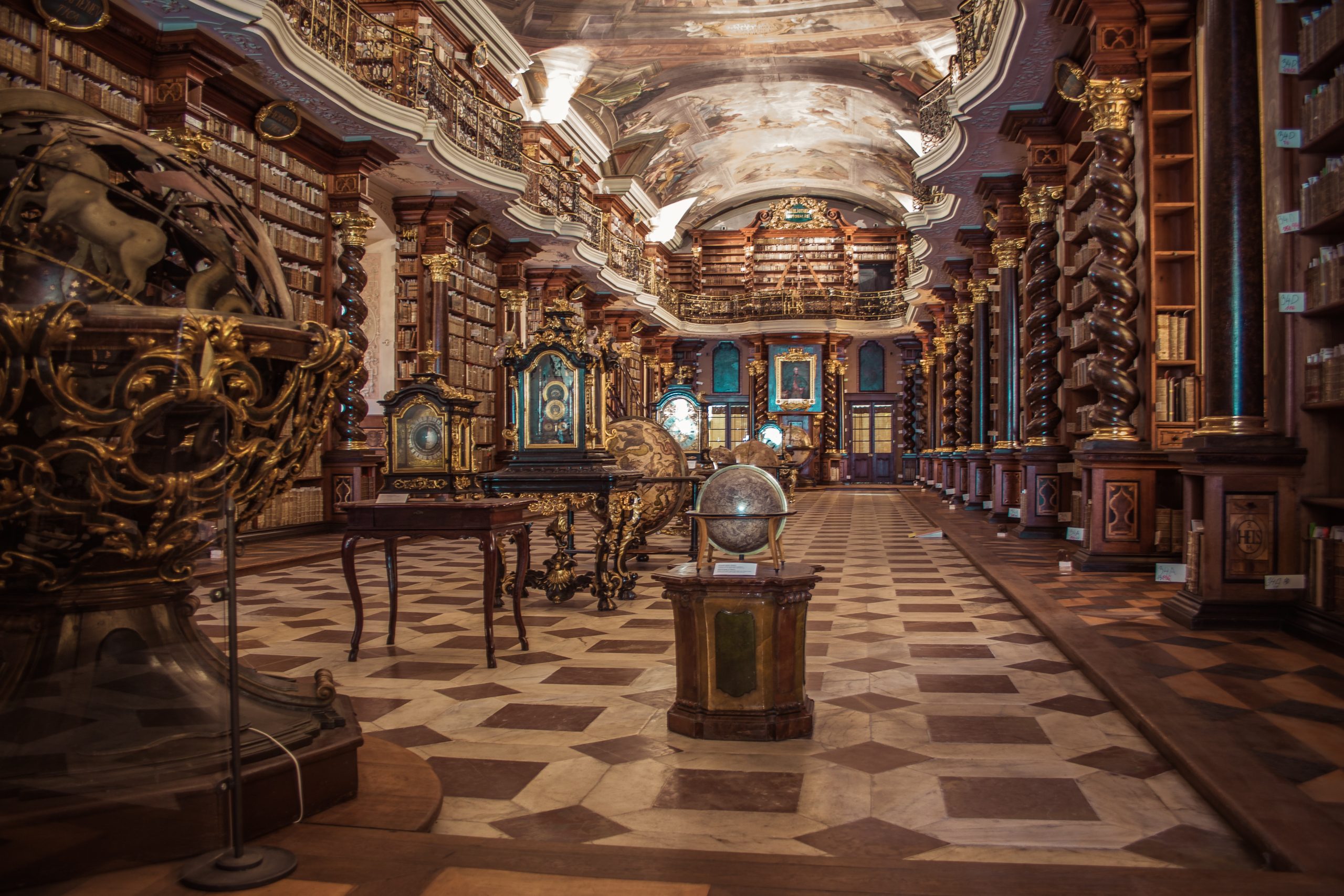The Moon and Star: A Symbol of Islam
In Islam, the moon and star have become synonymous with the faith, representing the Muslim world and its cultural and religious significance. The symbol has captured the imagination of millions around the world and has become instantly recognizable as the emblem of Islam. In this blog post, we will explore the history, origins, and meanings behind the moon and star symbol in Islam.
Historical Origins
The moon and star symbol has a rich and diverse history within the Islamic tradition. Its roots can be traced back to pre-Islamic civilizations such as the Babylonians and the Sumerians, where the moon was associated with the moon god Sin and the star represented the goddess Ishtar. These celestial elements were later incorporated into Islamic symbolism.
One of the earliest connections between Islam and the moon and star symbolism is found in the Ottoman Empire. The Ottoman flag featured a crescent moon and star, and it is believed that this design was influenced by the Byzantine Empire, which also incorporated the same symbols. The Ottoman Empire played a significant role in spreading the symbol throughout the Muslim world.
Symbolic Meanings
The moon and star have various symbolic meanings within Islam, and their interpretations differ across different cultures and contexts. Here are some of the most commonly associated symbolisms:
- Unity and Solidarity: The moon and star symbolize the unity and solidarity of the Muslim community. It serves as a reminder of the shared beliefs, values, and aspirations of Muslims worldwide.
- Guidance and Enlightenment: The moon is often associated with enlightenment and guidance in Islam. Just as the moon illuminates the darkness of the night, the moon and star symbolize the light of knowledge and wisdom that Islam brings to its followers.
- Protection: The moon and star are also seen as protective symbols in Islam. They are believed to ward off evil and provide divine protection to those who adhere to the teachings of Islam.
- Renewal and Growth: The cyclical nature of the moon symbolizes renewal and growth, reflecting the spiritual journey of believers in Islam. It represents the constant striving for self-improvement and the ever-changing phases of life.
The Symbol in Islamic Art and Architecture
The moon and star symbol have been extensively used in Islamic art and architecture throughout history. It can be found in the intricate designs of mosques, palaces, and religious artifacts. The symbol is often incorporated into calligraphy, geometric patterns, and tile work, adding a touch of beauty and symbolism to these artistic creations.
One of the most famous examples of the moon and star symbol in Islamic architecture is the Hagia Sophia in Istanbul, Turkey. The interior of the mosque features stunning mosaics and calligraphy, showcasing the rich history and influence of the symbol within Islamic culture.
Controversies and Misinterpretations
Like any widely recognized symbol, the moon and star have also faced controversies and misinterpretations over time. Some misconceptions have arisen due to its historical connections to pre-Islamic cultures, leading to accusations of idolatry or associations with non-Islamic beliefs.
However, it is essential to note that the symbol has evolved and acquired its unique meaning within Islam. It represents the faith as a whole and unifies Muslims in their beliefs and practices.
Inclusion and Global Significance
The moon and star symbol have played a significant role in fostering the sense of identity and belonging among Muslims worldwide. It has become a powerful representation of Islam, transcending borders and language barriers.
Its recognition and acceptance have expanded beyond the Muslim community, with the symbol often used in interfaith dialogue, discussions on religious freedom, and as a means of cultural representation. The moon and star have become a visible reminder of the diversity and vibrancy of the Islamic faith.
The Symbol’s Enduring Relevance
The moon and star symbol continues to be a prominent feature in the lives and practices of Muslims today. From flags to clothing, jewelry to home decor, the symbol is widely embraced and cherished.
It serves as a unifying force, reminding the Muslim community of their shared values and responsibilities. Moreover, the moon and star symbol act as a source of inspiration and hope, instilling a sense of peace and connection with the divine.
For millions around the world, the moon and star symbol represent the beauty, diversity, and spiritual significance of Islam. It is a testament to the enduring relevance of a symbol that has endured centuries of history and continues to shine in the hearts of Muslims today.
Table of Contents
